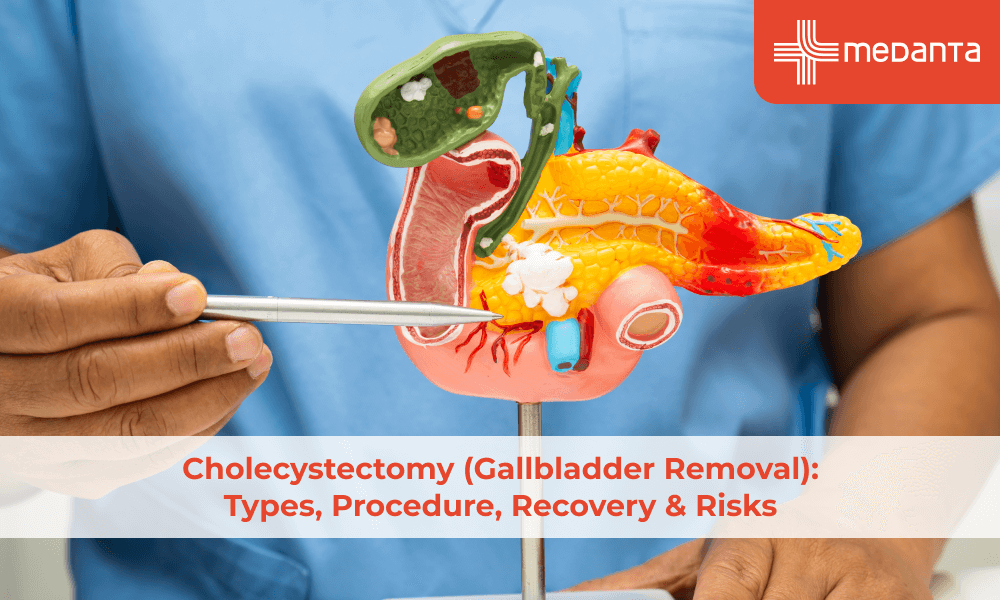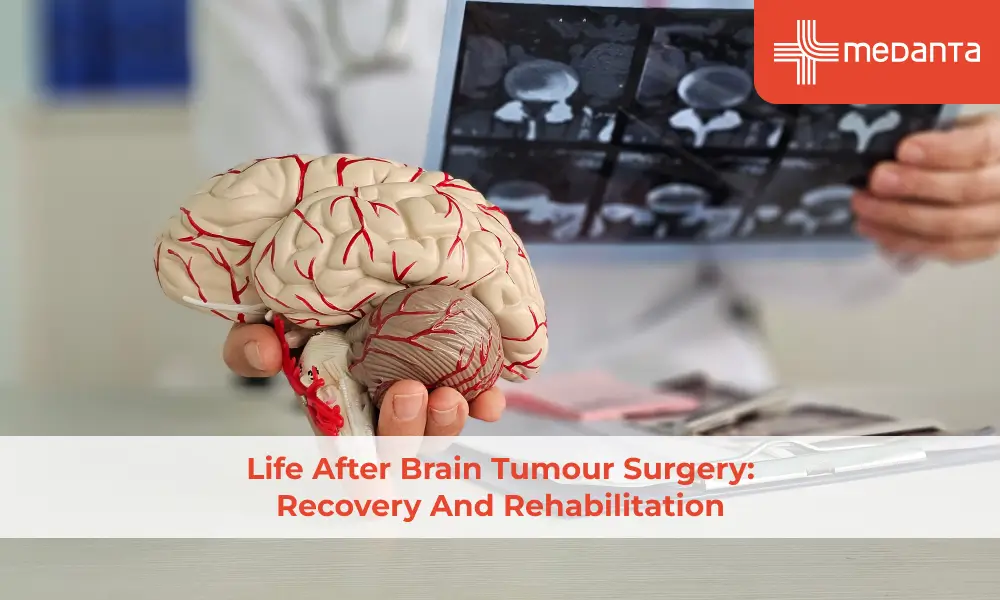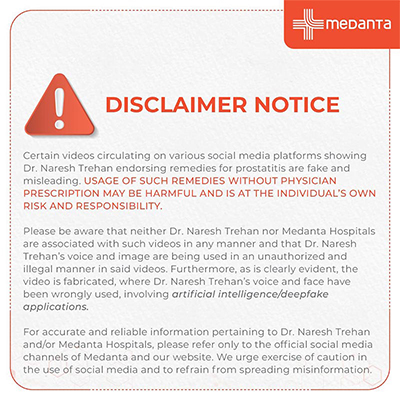Cholecystectomy (Gallbladder Removal): Types, Procedure, Recovery & Risks

TABLE OF CONTENTS
Cholecystectomy, commonly known as gallbladder removal surgery, is one of the most common operating room procedures performed in hospitals worldwide. The surgery generally carries a relatively low risk of complications and has proven highly effective at relieving symptoms of various gallbladder conditions.
This comprehensive guide explores everything patients need to know about cholecystectomy, types, and the surgical procedure steps.
What is a Cholecystectomy?
A cholecystectomy refers explicitly to a surgical procedure that removes the gallbladder from the body. The gallbladder is a small, pear-shaped organ located just below the liver on the upper right abdomen. Its primary function involves storing bile—a digestive fluid secreted by the liver that helps break down fats during digestion.
Unlike some surgeries that repair organs, cholecystectomy completely removes the gallbladder. Fortunately, this small organ isn't essential for healthy digestion. After removal, bile travels directly from the liver into the small intestine rather than being stored first in the gallbladder.
Types of Cholecystectomy
Surgeons perform cholecystectomy using one of two primary methods:
Laparoscopic Cholecystectomy
This minimally invasive surgical procedure has become the standard procedure for gallbladder removal. During laparoscopic cholecystectomy, the surgeon:
Makes 3-4 small incisions in the abdomen
Inserts a laparoscope (a thin tube with a tiny video camera) through one incision
Views the internal organs on a monitor while operating
Removes the gallbladder through one of these small incisions
Laparoscopic cholecystectomy offers several benefits, including less bleeding, smaller scars, and typically a shorter recovery time compared to open surgery. Furthermore, most patients undergoing this procedure can return home the same day.
Some laparoscopic procedures may utilise robotic assistance. This approach follows the same general technique but employs specialised robotic equipment controlled by the surgeon.
Open Cholecystectomy
The traditional method involves making a single larger incision (approximately 4-6 inches) in the upper right section of the abdomen. This technique gives the surgeon direct access to the gallbladder.
For patients with cancer or when cancer is suspected, doctors might recommend an extended (radical) cholecystectomy. This more extensive procedure removes not only the gallbladder but also part of the liver and surrounding lymph nodes to decrease the risk of cancer recurrence.
Why is Cholecystectomy Done?
Doctors recommend gallbladder removal for several specific medical conditions:
Gallstones are the primary reason people undergo cholecystectomy. These hard deposits form inside the gallbladder and range from tiny sand grains to golf ball-sized formations. When gallstones block the bile ducts, they typically cause intense pain and potentially serious complications.
Gallstone disease affects millions of people worldwide, with symptoms that often include:
Intense, sharp pain in the upper right or middle abdomen region
Pain that radiates to the right back or shoulder
Nausea and vomiting
Fever and chills
Jaundice (yellowing of skin and eyes)
Cholecystitis, or inflammation of the gallbladder, frequently requires surgical intervention. This condition can be acute (sudden & severe) or chronic (developing over time). Left untreated, inflamed gallbladder tissue can die and potentially rupture—creating a life-threatening emergency.
Gallbladder polyps, particularly those larger than 10mm, might warrant removal as they pose an increased risk of becoming cancerous. Likewise, a diagnosis of gallbladder cancer almost always calls for cholecystectomy as part of the treatment plan.
Some patients develop biliary dyskinesia, a condition where the gallbladder doesn't function properly, even without visible gallstones. This dysfunction causes symptoms similar to gallstone disease, making cholecystectomy an appropriate solution.
In certain cases, gallbladder problems create complications that demand urgent attention. Pancreatitis (inflammation of the pancreas) often stems from gallstones blocking the pancreatic duct. Moreover, an infection of the bile ducts, known as cholangitis, presents another serious complication requiring prompt surgical intervention.
Individuals with porcelain gallbladder—a condition where calcium deposits stiffen the gallbladder walls—face higher cancer risks and, therefore, usually need the organ removed.
Doctors often recommend prophylactic cholecystectomy for patients with certain inherited blood disorders who develop gallstones at higher rates.
The decision to perform open cholecystectomy rather than laparoscopic cholecystectomy surgery depends on several factors, including the severity of inflammation, the presence of scar tissue from previous surgeries, or complications discovered during the procedure.
Procedure Details
The surgical journey of gallbladder removal consists of several distinct phases, each requiring specific preparations and care.
Pre-surgery Preparation
Preparation for cholecystectomy begins with a complete physical examination to ensure the patient is healthy enough for surgery. The medical team then conducts blood tests and other health screenings to assess the patient's overall fitness.
Dietary changes become essential in the weeks leading up to surgery:
Avoiding fatty or greasy foods that could trigger gallbladder pain
Stopping food and drink intake (fasting) at the time specified by the surgeon, typically at least four hours before surgery
Medication management, such as temporarily stopping blood thinners, certain supplements, and medications that affect the immune system
On the morning of surgery, patients should take only the medications specifically approved by their doctor with just a sip of water.
During the Procedure
Cholecystectomy takes place under general anaesthesia, meaning patients are completely asleep throughout the operation. Once the anaesthesia takes effect, the surgical team places a breathing tube to maintain the airway.
In laparoscopic cholecystectomy, the surgeon makes 3-4 small incisions in the abdomen. Carbon dioxide gas inflates the abdomen to create space for surgery. The surgeon inserts a laparoscope (camera) through one incision to view the operation on a monitor while using specialised tools through the other incisions. The critical view of safety must be established, identifying the structures entering the gallbladder before clipping and dividing them. A laparoscopic procedure typically takes 1-2 hours to complete.
For open cholecystectomy, the surgeon makes a single 4-6 inch (10-15 cm) incision below the ribs on the right side. This approach provides direct access to the gallbladder and is necessary in cases with extensive inflammation, scarring, or complications. This method also takes 1-2 hours to perform.
After the Procedure
Afterwards, patients move to a recovery room where they wake from anaesthesia with appropriate pain management. Recovery time varies significantly based on the surgical approach. Following laparoscopic cholecystectomy, many patients go home the same day once they can eat, drink without pain, and walk independently. Complete recovery takes about a week.
Open cholecystectomy requires a longer hospital stay of 2-3 days. Due to the larger incision & more extensive healing process, full recovery at home extends to 4-6 weeks. Some patients may have a surgical drain placed during surgery to remove excess fluid, which typically remains in place for a few days.
Potential Risks of Cholecystectomy
Despite being considered relatively safe, cholecystectomy carries several possible complications.
Infection can develop at the wound site or internally, presenting with increased pain, swelling, redness, or pus discharge.
Bleeding (rare)
Bile leakage
Injury to the bile duct during surgery
Damage to surrounding structures such as intestines, bowel, or blood vessels
Deep vein thrombosis (blood clots), especially in high-risk patients
Anaesthesia-related complications
Post-cholecystectomy syndrome affects some patients who experience symptoms similar to gallstone problems even after surgery. These may include abdominal pain, indigestion, diarrhoea, jaundice, and fever. The condition typically stems from bile leakage or gallstones remaining in the bile ducts.
Benefits of Cholecystectomy
Removing the gallbladder offers substantial advantages for patients with gallstone disease. The primary benefit involves eliminating gallstone-related pain and preventing future gallstone formation. Given that gallstones likely to cause one hospital visit will probably cause more, cholecystectomy provides a definitive solution.
Cholecystectomy effectively prevents complications from gallstone disease, including:
Inflammation of the gallbladder (cholecystitis)
Bile duct obstruction and infection
Pancreatitis (inflammation of the pancreas)
Potential development of gallbladder cancer
Most patients experience minimal digestive changes after gallbladder removal. The body adapts by releasing bile directly from the liver into the small intestine rather than storing it first. Some individuals initially notice occasional loose stools, but this typically resolves over time.
Recovery and Outlook
Recovery from gallbladder removal varies considerably based on the surgical approach chosen by the medical team. Laparoscopic cholecystectomy patients typically return home on the same day as surgery, with normal activities resuming within 1-2 weeks. In contrast, open cholecystectomy requires a 3-5 day hospital stay, with full recovery extending to 6-8 weeks.
Immediately after surgery, patients commonly experience temporary side effects that gradually resolve:
Pain around incision sites
Shoulder pain (from gas used during laparoscopic procedures)
Diarrhoea (usually disappears within 2-4 weeks)
Nausea (often linked to pain medications)
Gas and bloating
For the first week after cholecystectomy surgery, patients should avoid strenuous activities & lifting anything heavier than 6kg. Gentle walking helps prevent blood clots and improves recovery outcomes. With doctor approval, patients may shower as soon as 24-48 hours after surgery.
Dietary adjustments play a key role in recovery. Initially, patients benefit from:
Eating smaller, more frequent meals
Avoiding fatty, greasy, or spicy foods
Gradually increasing fibre intake
Staying well-hydrated
Most people adapt well to life without a gallbladder, as this organ isn't essential for normal digestion. The body adjusts by allowing bile to flow directly from the liver to the small intestine rather than being stored.
Follow-up appointments typically occur within 2-3 weeks after surgery. During these visits, doctors remove any remaining staples and assess healing progress.
When To Call the Doctor
Monitoring for warning signs after gallbladder removal helps patients identify potential complications early. Even with successful surgery, certain symptoms may indicate a problem requiring medical attention.
After cholecystectomy, patients should contact their doctor immediately if they experience:
A return of original gallstone symptoms
Severe, excessive or increasing abdominal pain
High temperature above 38°C (101°F)
Persistent nausea or vomiting
Increasing swelling, redness or discharge from incision sites
Yellowing of skin & whites of eyes (jaundice)
Dark urine alongside pale-coloured stools
No bowel movement or passing of gas for more than three days after surgery
Persistent diarrhoea lasting longer than three days
Infections at the wound site
Conclusion
Cholecystectomy remains a highly effective solution for gallbladder problems, particularly those caused by gallstones. Although the surgery involves completely removing an organ, patients generally adapt well to life without a gallbladder. The body quickly adjusts by allowing bile to flow directly from the liver to the small intestine rather than storing it first. Most people return to their normal activities and eating habits within weeks of the procedure.
Eliminating painful gallstone attacks and preventing serious complications like pancreatitis or infection can provide significant relief. However, patients should stay vigilant during recovery and watch for warning signs that might indicate complications.
Above all, proper preparation before surgery and following recovery guidelines afterwards significantly improve outcomes.
FAQs
What are the dietary restrictions after gallbladder removal?
Initially, it's best to eat smaller, more frequent meals and avoid fatty, greasy, or spicy foods. Gradually increase fibre intake and stay well-hydrated. Most people can return to their normal diet within a few weeks, but it's essential to listen to your body and consult your doctor if you experience persistent digestive issues.
How long does the recovery process typically take after cholecystectomy?
Recovery time varies and depends on the surgical approach. For laparoscopic cholecystectomy procedure, most patients can return to normal physical activities within 1-2 weeks. Open cholecystectomy requires a longer recovery period, typically 6-8 weeks.
What are the potential risks and complications of gallbladder removal surgery?
While cholecystectomy is generally safe, potential risks include infection, bleeding, bile leakage, injury to surrounding structures, and anaesthesia-related complications. Some patients may experience post-cholecystectomy syndrome, with symptoms similar to their pre-surgery condition.
When should I contact my doctor after gallbladder surgery?
Contact your doctor immediately if you experience severe or increasing abdominal pain, fever above 38°C, persistent nausea or vomiting, jaundice (yellowing of skin and eyes), dark urine with pale stools, or no bowel movement for more than three days after surgery.
How long does the actual gallbladder removal procedure take?
A typical laparoscopic cholecystectomy usually takes about 1-2 hours to complete. This includes the time for anaesthesia administration, the surgical procedure itself, and immediate post-operative care. However, the total time you spend in the hospital may be longer, depending on your individual case and recovery needs.






